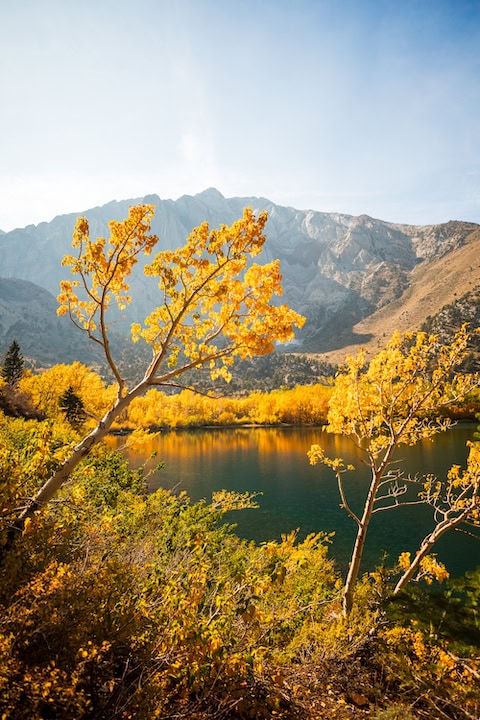Actually, they do. It just doesn’t happen all at once, with few exceptions.
Evergreen trees have both broad leafs and needles. Madrone, magnolia and photinia are examples of broadleaved evergreens, while pine, fir, cedar, spruce, and redwood have needled leaves.
Evergreen needles can last anywhere from a year to 20 years, but eventually they are replaced by new leaves. When that happens, the old needles turn color and drop, but not all together and not as dramatically as deciduous trees (e.g., maple, oak, dogwood, alder, birch).
The reason needles are green is that they are full of chlorophyll which photosynthesizes sunlight into food for the tree. It also reflects green light waves, making the needles look green.
Needles, just like deciduous leaves, contain carotenoid and anthocyanin pigments. You just don’t see them until the green chlorophyll stops being produced. Once that happens, hidden carotenoids (yellow, orange and brown) emerge, as is seen in the above photograph.
Additionally, red, blue and purple Anthocyanins – produced in autumn from the combination of bright light and and excess sugars in the leaf cells – also emerge once the chlorophyll subsides.
Yes, even evergreen leaves change color… eventually.







